As you lead your people through history in Humankind, sometimes you may find yourself at war, whether you are trying to expand or defending yourself. At these times, while you are still the leader of an entire civilization, you may want to command your troops on the battlefield to ensure victory, much like Genghis Khan, Moctezuma, or Tokugawa.
Combat in Humankind should create memorable encounters, and evoke the famous battles of history, yet strike a delicate balance between ruling an empire and commanding a battle. If you want to find out more about this, check out the video and blog below.
In Humankind, units can be grouped into armies for movement outside of battles. Once they encounter an enemy, a section of the world map will be marked out as the battlefield, and both sides will get to deploy their units within this area. Once the battle begins, all armies of both players inside the battlefield will join the fight. The battlefield may even expand as a result, as it scales with the number of units in the battle. Players can even move additional armies into the battlefield to reinforce their army, perhaps even outflanking the enemy.
Then the Winged Hussars arrived...
Long-time fans of our games will know that we first tried this idea of battle being fought over multiple combat rounds on the world map in Endless Legend. In that game, we tried a different, more indirect mode of control: You would issue a battle plan, then the units of both sides would act in an initiative order and the AI would adapt your plan if orders were impossible. While some players like this system, many players requested finer control of their units, which is why we moved to direct orders with immediate execution for Humankind.
Giving orders in Endless Legend
With direct control of your units, you can take great advantage of terrain and positioning to turn the tide of battle in your favor. Holding the high ground will give you an advantage both on attack and defense. Perhaps you can position your archers on top of a cliff, safely out of reach of the enemy warriors. On the other hand, trees and houses will protect you against ranged attacks. Forests will even conceal your units from sight, letting you lay an ambush for your enemy. And if the terrain does not favor you, then you can always try to slip behind the enemy for a devastating rear attack.
Vare, legiones redde!
All units in Humankind also have a class and up to one ability which will impact combat. Some of these abilities are fairly straightforward combat bonuses. For example, Anti-cavalry units armed with spears will deal additional damage to mounted units, heavy cavalry will gain bonus strength when charging, and the Greek Hoplites are stronger in tight formations. Other abilities have more particular effects, such as more lightly armored riders ignoring zones of control, Varangians never retreating, and Mayan Noble Javelineers applying a poison that slows enemy units.
In addition to the strategic depth of battles, we want you to be able to immerse yourselves in these battles. The battles and the units participating in them should feel authentic. Every culture will receive not only their Emblematic unit, but every unit of that era will receive gear appropriate to the culture. We worked closely with our historian to ensure that these uniforms and weapons were as accurate as possible within our constraints, even for units that may not have existed in history. We’ve also put a lot of effort into animations and choreography, the way units and individual soldiers in them move when attacking or defending even recreating some particularly famous formations such as the Roman Testudo. Check out the feature focus video above for some examples!
Variations of Archers (and their emblematic replacements) from various Cultures and Independent People
The feedback we received from the OpenDev scenarios is crucial to refining this combat system.
Many players raised concerns about the time large battles could take, especially in multiplayer, so in addition to the combat animation speed settings, we implemented the ability to queue orders and for multiple actions to be executed simultaneously to improve the flow of combat. Other players discussed the visual clarity of the battles, so we have been working to improve the user interface and visuals, for example adding a commander’s tent, and increasing the size of walls to make it easier to see if they are intact, damaged, or destroyed. We are also refining the unit classes and abilities to more closely match our players’ intuition, especially regarding mounted and anti-cavalry units, and rebalancing the damage calculation to scale back the massive impact small differences of combat strength had.
We hope you enjoyed this look at how you will get to be both a ruler of vast empires and a commander of vast armies at the same time. How will you and the battles you fight leave a mark on Humankind?



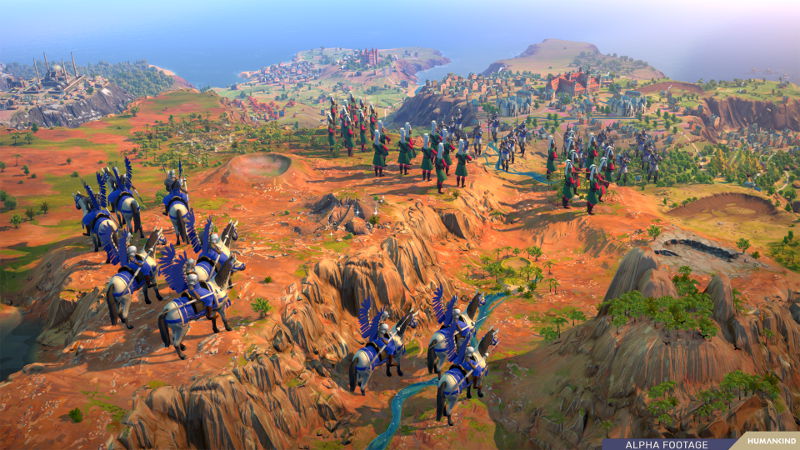
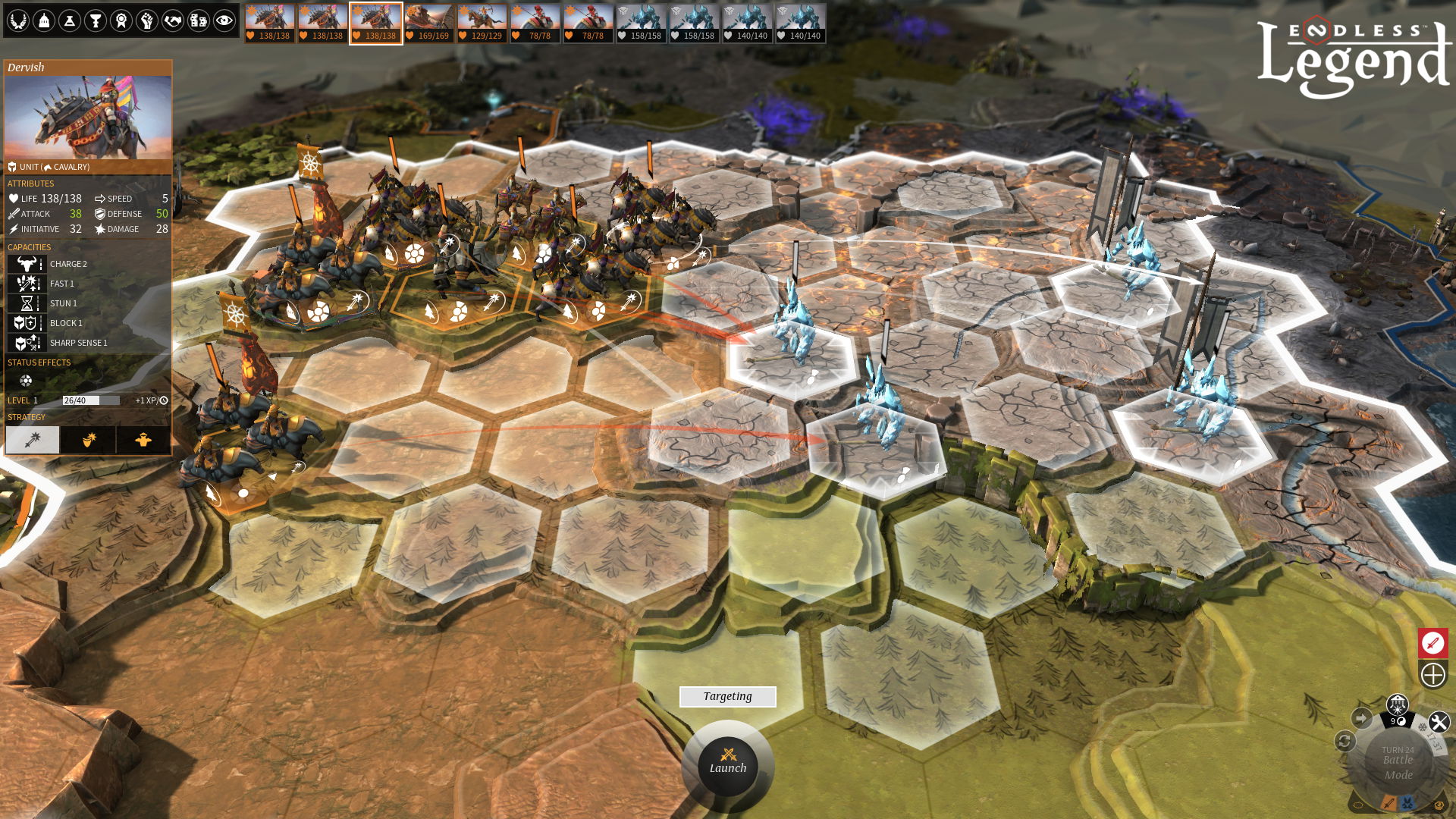
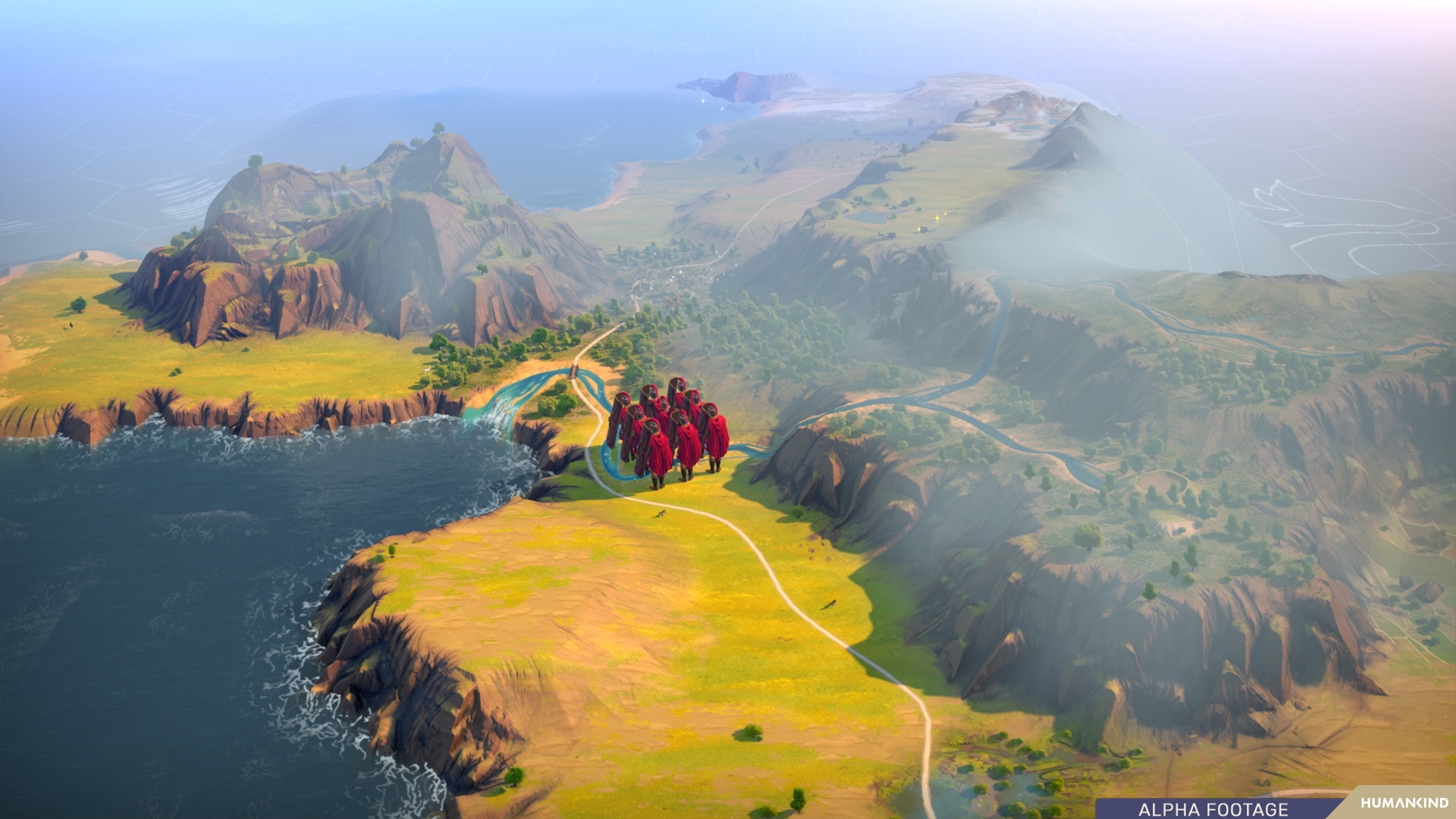
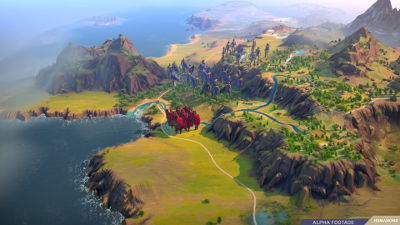
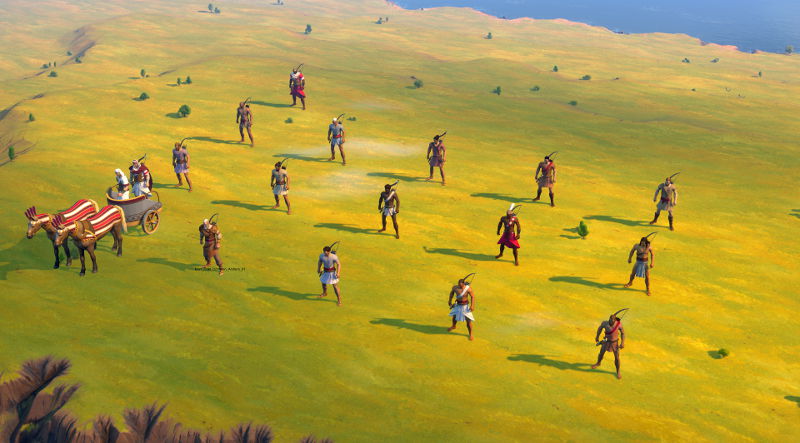
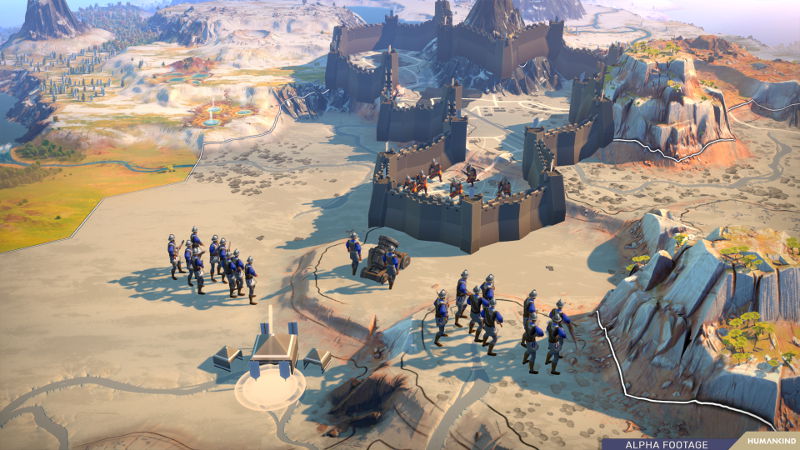



























































.png)
















































